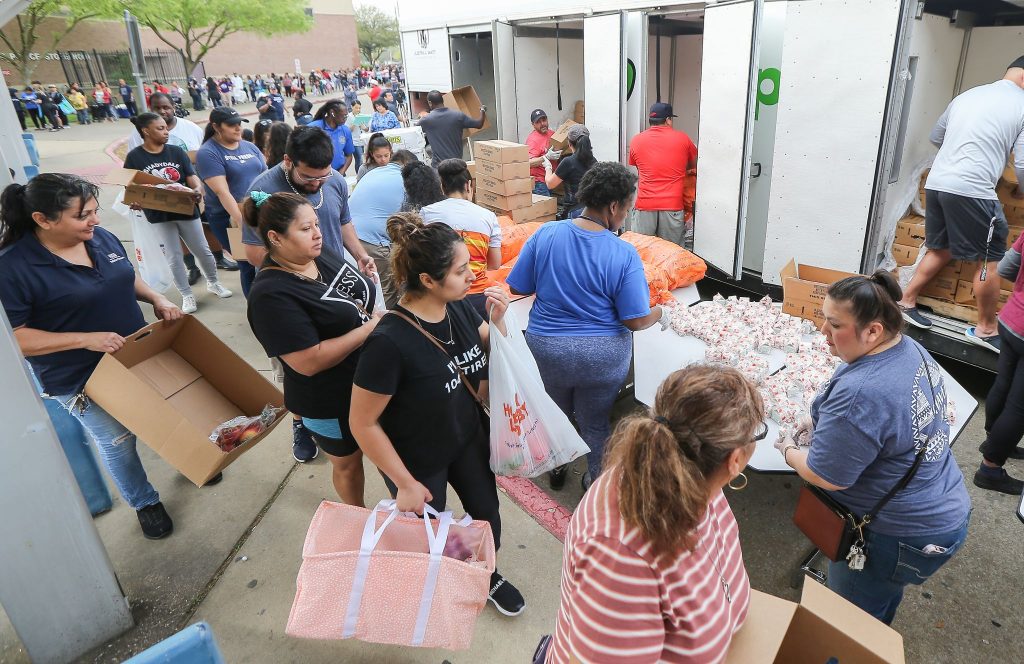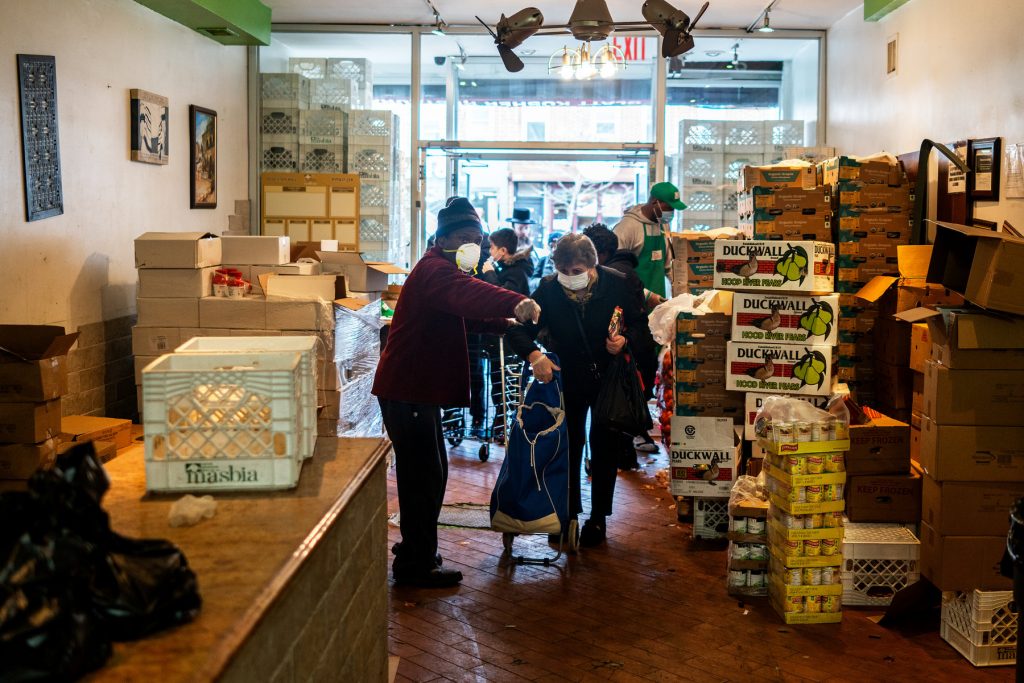By Lacie Armstrong
Local food banks have had to close their doors due to safety precautions and are no longer able to help those struggling American Citizens who can’t afford groceries like before the pandemic. Nearly 30 Million Americans told the Census Bureau at the end of July—beginning of August that “there wasn’t enough food to eat”.
With agricultural production being impacted at an alarming rate, food supply has been scarce due to constraints on the food supply chain. Due to food banks often relying on donations and with safety precautions being implemented due to Coivd-19, Feeding citizens has been obstacle and caused the network to purchase food to distribute.
Also, food banks are facing a deficit in volunteers. While normally, most people enjoy a face-to-face interaction, Covid-19 has changed the way we interact entirely. Some food banks have even had to close volunteer centers because of virus fear. About 52% of Feeding America food banks need more volunteer support, up from 37% in May.

Due to challenges, setbacks and the growing fear of food insecurity, Feeding America wants to see the federal government increase SNAP benefits through the economic downturn and extend the Pandemic EBT, a program introduced this year to assist the families with children who previously relied on free or reduced-price lunches.
Food insecurity equates to an inadequate access to food for a healthy, nutritional diet. It’s separate from hunger, which the US Department of Agriculture describes as a physiological condition that may result from food insecurity.

With the economy not stable enough for people to go back to work and feed their families like normal, most citizens will need additional federal and state support. Experts believe that over 12 months, 54.3 million Americans will be estimated to be food insecure. That is a 17 million American increase at about 46%. The hardest hit communities will be : those of color and those who rely on tourism.
For example, food insecurity spikes can be seen in states like Nevada and Hawaii, which have large service industries that have been hard-hit by the pandemic due to a drop in tourism. Food banks and other charitable groups have offered crucial help. In Utah, hundreds of families in the Salt Lake Valley have received food, thanks to the nonprofit Farmers Feeding Utah.
With food insecurity spikes rising and an increase demand on food banks, Feeding America’s food banks have seen a 50% increase in the number of people they’re serving compared to the same time last year. The food banks estimate that just under 30% of those being served are seeking charitable food assistance for the first time. California Covid-19 hotspot Los Angeles reports that approximately 1,500 families received a week’s worth of food recently from the Los Angeles Regional Food Bank.

The U.S Census Bureau published results of a survey in which nearly 30 million out of 249 million respondents said they did not have enough to eat at some point in the week before July 21. It was the highest number of people reporting insufficient food since the Census started tracking that information in early May.
Before the pandemic, there were an estimated 37.2 million Americans who were potentially food insecure, according to Katie Fitzgerald, chief operating officer of Feeding America, a national network of 200 food banks and 60,000 food pantries and meal programs. But the group projects that food insecurity will only worsen in the months ahead.






